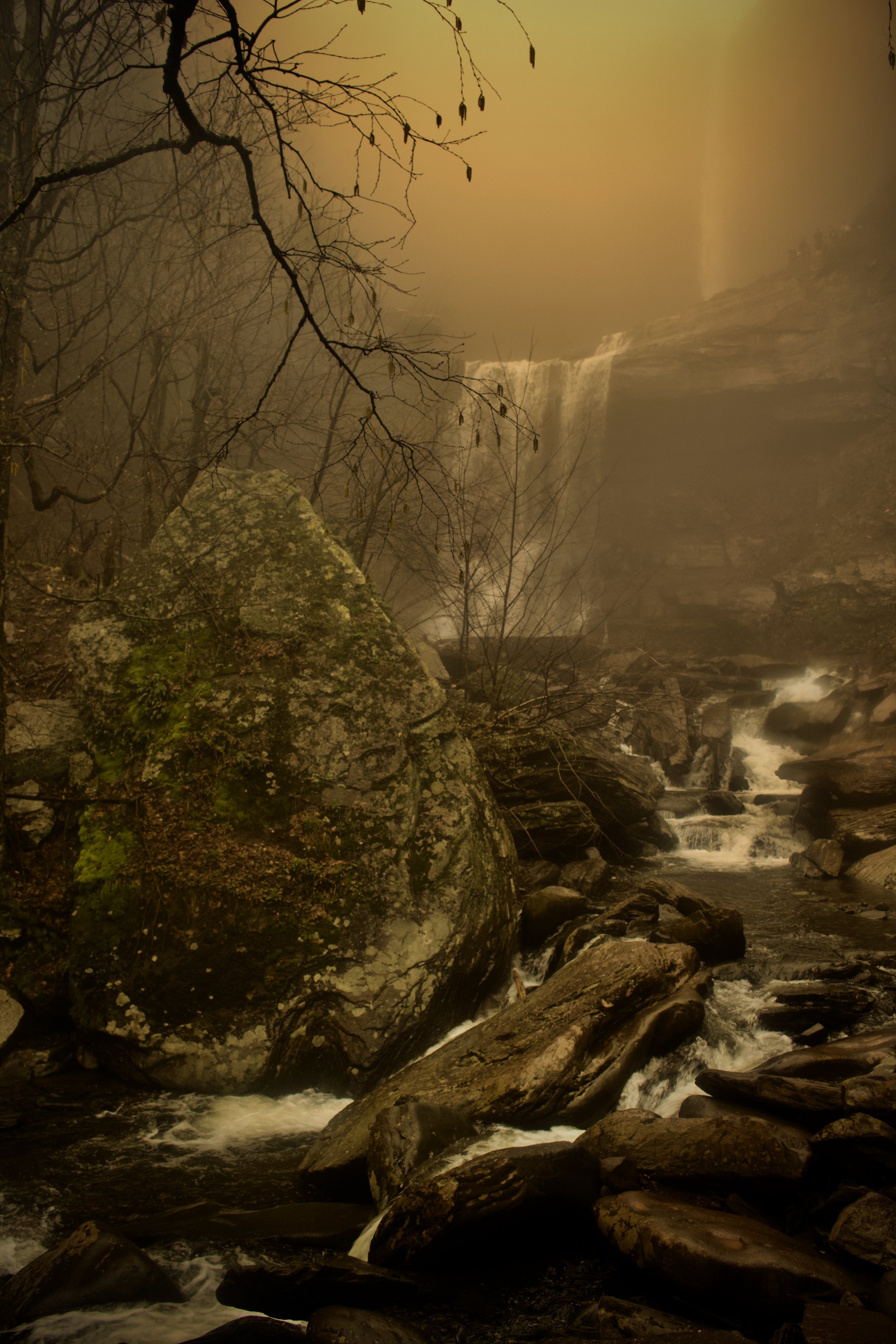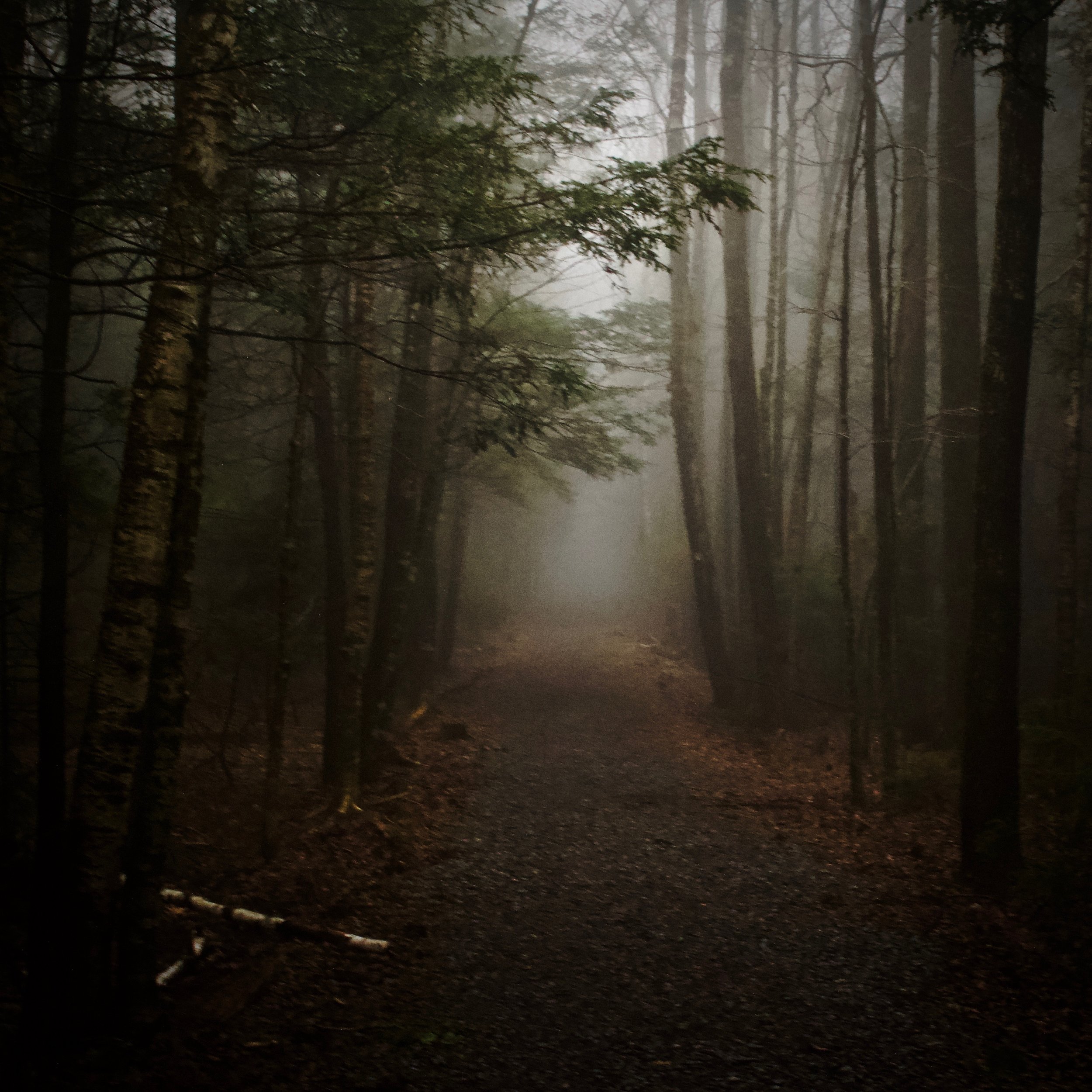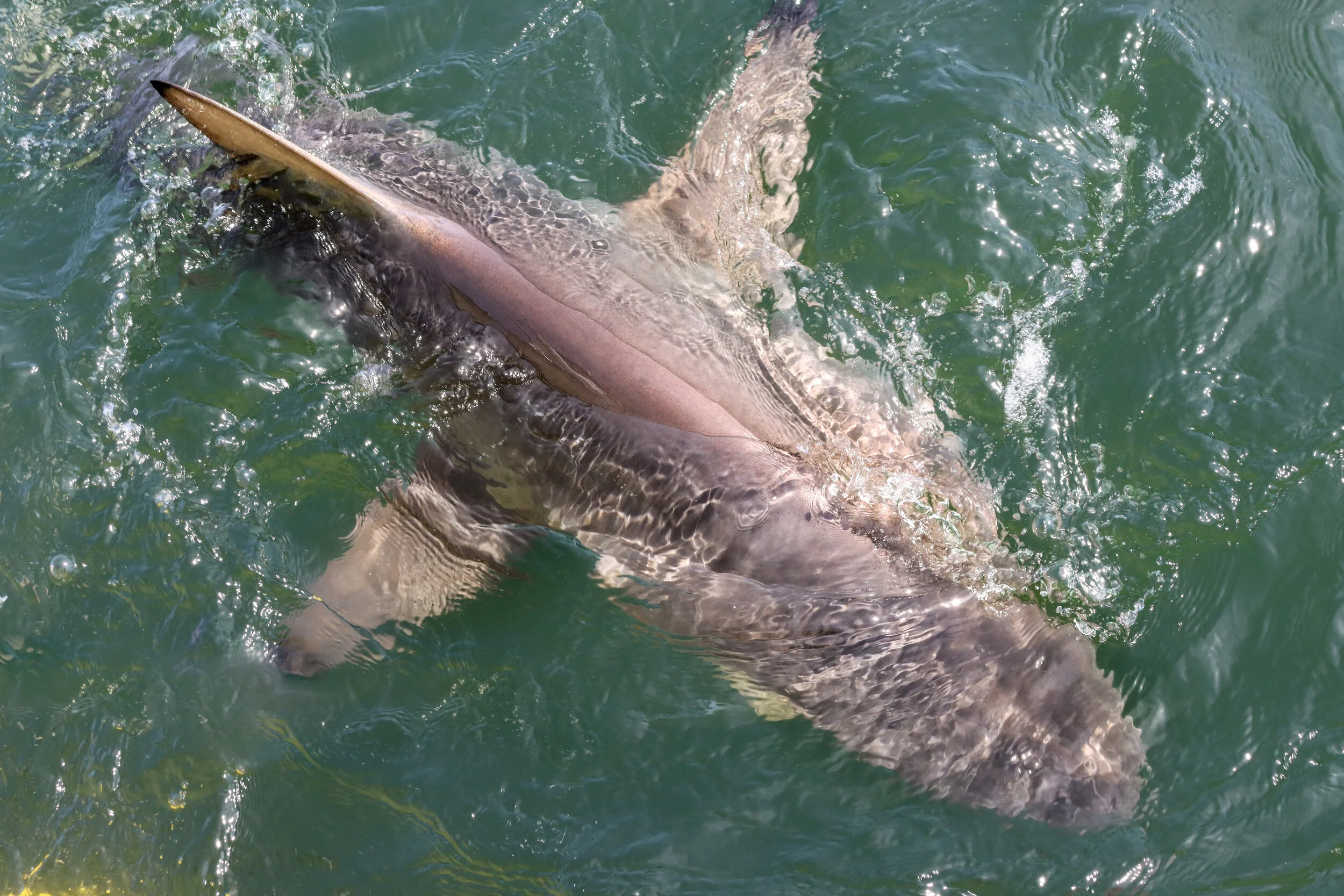The Artistic Imprint of Kaaterskill Falls
An important piece of America’s Creative Legacy...and a great hike
Words and Photography by Rich Nardo
Today, Kaaterskill Falls is one of the most popular hikes in the Catskills region. The breathtaking 260 foot cascading waterfall that serves as its calling card is one of the tallest in New York State and standing in its presence evokes an intimate awareness of just how epic and powerful the natural world is. Before it became a hub for extreme selfie seekers, Kaaterskill was the subject of local lure that drew countless artists and other lovers of nature from all of the region.
The Mohican people who inhabited the Catskills regarded Kaaterskill as the resting place of the creator. The stories about the area told by its native people are steeped in spiritual energy - painting it as an ethereal place considered the gateway to a mystical world. That same mysticism has attracted writers, poets, painters filmmakers and photographers ever since - making Kaaterskill Falls a staple part of the artistic folklore of the United States.
A good place to start with in terms of the artistic history of Kaaterskill is the painter Thomas Cole and the Hudson River School of Art he founded. One of Cole’s most famous paintings is of a solitary native warrior taking in the beauty of the Falls (you can view it here). Some other famous works spawned by the Hudson River School of Art that used Kaaterskill Falls as its subject include Asher Durand’s “Kindred Spirits” and William Cullen Bryant’s poem Middle States: Catskill Mountains, N.Y. Catterskill Falls. The early American natural, John Bartram, chronicled what he found when he visited Kaaterskill with his son William in 1753. His account would be integral to his travelogue “A Journey to Ye Cat Skill Mountains with Billy” that found an extensive readership both in the States and back in Britain.
Perhaps most famously, Washington Irving made mention of Kaaterskill in his legendary story Rip Van Winkle. Prior to Rip Van Winkle’s publishing in 1819, the Catskills were regarded as tremendously unsafe both for its natural dangers and the “savage” natives that called it home. This attitude was exemplified in John Vanderlyn’s famous painting “The Murder of Jane McRea” that portrayed the story of a local settler being scalped by two Native Americans. When the frontier shifted west after the War of 1812, the way the Catskills were viewed shifted from fearsome to scenic.
Passage about Kaaterskill from Rip Van Winkle:
At length he reached to where the ravine had opened through the cliffs to the amphitheatre; but no traces of such an opening remained. The rocks presented a high impenetrable wall, over which the torrent came tumbling in a sheet of feathery foam, and fell into a deep broad basin, black from the shadows of the surrounding forest.
If you look to the left side of the falls, halfway between the middle and top levels, you’ll find a commemoration to another important part of the Kaaterskill legend - “Bayard of Dogs”. This tragic tale is rooted in the devotion of a dog to his master. The subject of the legend, a spaniel named Vite, was left above while his owner and a group of friends ventured down to the foot of the falls. Upon seeing his owner at the bottom, Vite “barked for joy” and, seeing no other way to get back to his master, leaped the full length of Kaaterskill in an attempt to reunite with him. Legend has it that on June 19th of each year, Vite’s ghost returns.
as the hands of the clock mark the witching hour, a succession of short, sharp barks is heard followed by the flight of the apparition through the air over the falls into the precipice, whence arises a prolonged howl which echoes and re-echoes among the Cimmerian recesses of Sunset Gorge and the forest clad slope of High Peak Mountain
Kaaterskill Falls is still inspiring artists today, even serving as the namesake of a 1998 Allegra Goodman novel set in the Catskill Mountains.
It is undoubtedly a worthwhile hike, though dangerous (hundreds of people have ignored the safety guidelines and fallen to their death). Kaaterskill is one of the most beautiful sights to behold in the amazing Catskill Mountains region, and I hope that if you decide to visit, it’ll inspire you to find your own part in the artistic history of the region. Even if that means just <safely> taking a photo that you will treasure in your home.
References:
https://hikethehudsonvalley.com/hikes/kaaterskill-falls/
https://www.alltrails.com/trail/us/new-york/kaaterskill-falls-trail
https://www.greatnortherncatskills.com/outdoors/kaaterskill-falls
https://www.meetup.com/hvhikers/events/184538272/
https://en.wikipedia.org/wiki/Kaaterskill_Falls
https://www.nytimes.com/2018/08/14/nyregion/kaaterskill-falls-catskills-deaths-instagram.html
















Ask any wildlife photographer or explore based on Long Island and they’ll tell you that our home turf does not get nearly the credit it deserves when it comes to species diversity. In fact, I think it’s safe to say that most people think Long Island has a couple of raccoons, a possum here and there, and way too many deer out east and that basically sums it up.
This couldn’t be further from the truth. So for this article, we worked with some of the best wildlife photographers based on Long Island to highlight 10 species that most people might not know we have here.